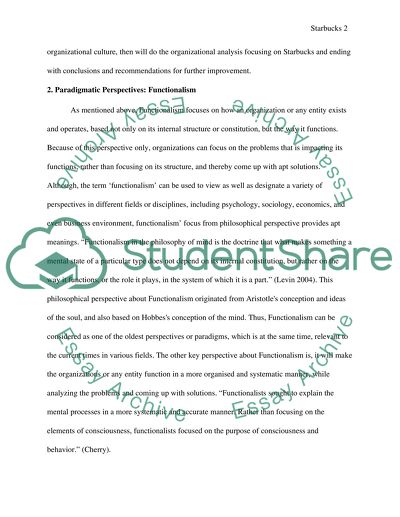Cite this document
(“Analysing organisations Assignment Example | Topics and Well Written Essays - 3000 words”, n.d.)
Retrieved from https://studentshare.org/family-consumer-science/1420764-analysing-organisations
Retrieved from https://studentshare.org/family-consumer-science/1420764-analysing-organisations
(Analysing Organisations Assignment Example | Topics and Well Written Essays - 3000 Words)
https://studentshare.org/family-consumer-science/1420764-analysing-organisations.
https://studentshare.org/family-consumer-science/1420764-analysing-organisations.
“Analysing Organisations Assignment Example | Topics and Well Written Essays - 3000 Words”, n.d. https://studentshare.org/family-consumer-science/1420764-analysing-organisations.


